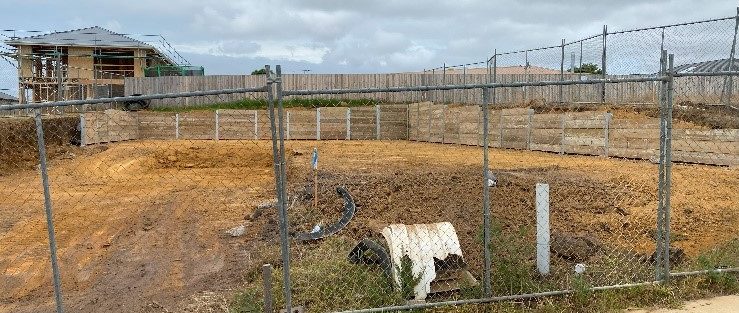Timber retaining walls are often less expensive than other materials, and they provide a natural aesthetic that works well with gardens and backyards. While wood may initially seem like an attractive option, it does have some inherent drawbacks. Wood tends to rot over time, increasing the risk of collapse or at least needing regular repairs. Additionally, since timber is a combustible material, it is not typically suitable for locations near an open flame or fire pit.
Concrete retaining walls offer superior longevity compared to wood, but they can be more expensive up front. Although concrete walls are strong, they often create a stark contrast when surrounded by residential landscaping like trees and shrubs. When choosing between materials for a retaining wall, consider how it will fit into your outdoor space before making your final selection.
When it comes to selecting a retaining wall material that’s best for your home, the decision ultimately depends on personal preferences and budget considerations. But beyond that simple comparison of costs, homeowners should make sure to weigh the various advantages and drawbacks of different materials to find the best match for their particular requirements.
Overall, building a retaining wall is an important decision. Each material option has advantages and drawbacks that should be considered carefully before making a final selection. Specifically for stone block retaining walls, they offer a classic look with remarkable strength and have been used for centuries in both commercial and private settings alike. Considerations when choosing include personal preferences and budget as well as the various advantages/drawbacks of each type of material.

